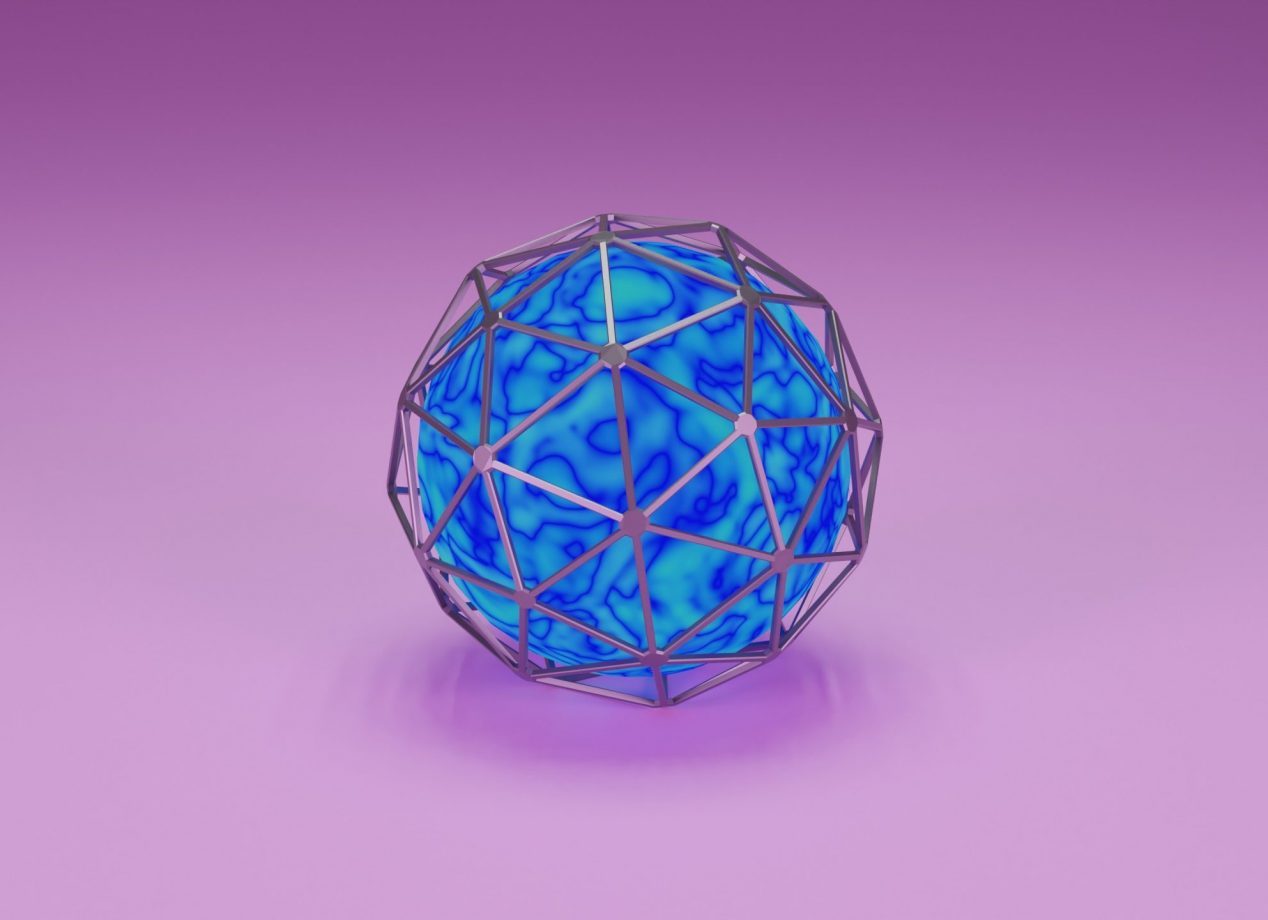The integration of digital art into the traditional art market is now becoming more structured and defined. Despite increasing support from institutions, governments, and investors still face liquidity and stability issues relative to more established assets. Alumnus Muchun Niu'18 shares his views on the current state of the NFT market and what the future holds for this exciting new asset.
Muchun Niu graduated from Sotheby's Institute of Art in 2018 with an MA in Fine and Decorative Art and Design. Niu always had a passion for technology – beginning with an interest in coding and PC-building which eventually evolved into an interest in the blockchain ecosystem in 2013 as Niu became one of the early Bitcoin investors. In high school, Niu was intrigued by 35mm film photography and photo processing, which would later lead Niu onto the contemporary art scene. In summer of 2017, Niu recalls seeing his first piece of crypto art, the CryptoPunks series – one of which Niu even tried to acquire when they were more readily available.
Currently, Niu is the founder of a blockchain startup and the chair of a blockchain association. Niu emphasizes the fast-changing nature of the industry and the job, considering each day to be an opportunity to learn something new. For Niu, success in the industry comes from the ability to regularly learn and process new information and also being adaptable when new technology is introduced. Niu keeps up with the latest news on NFTs and crypto art through blockchain coding books, the internet, and a carefully selected blockchain ecosystem community. Niu cautions that mainstream media outlets may not be the best source of up-to-date news since the information they report on tends to “be delayed at least a month”.
Looking at the evolution of NFTs in the past year, Niu provides some key insights into the market. Niu believes the art market is “inextricably linked to the financial market”. Niu characterizes the “NFT fever” of 2021 as an example of “irrational exuberance” in the art market. The initial hype of NFT’s created some chaos within not just the art market but financial markets as well – as there were some investors who immediately embraced the idea of NFTs as financial assets while others were more hesitant. As the nature of NFTs and the integration of digital art into the traditional art market becomes more structured and defined, there will be increasing and stable growth within the art market. Today there are an increasing number of institutions, governments, and individual investors that are becoming more supportive and trusting of NFTs and digital art as financial assets. Niu believes that the future of NFTs is still hazy because NFTs continue to have liquidity and stability difficulties relative to other, more established, asset classes. The art market may be able to resolve some of these issues; however, there is still a way to go for NFTs to find their place in both the art and financial markets.
